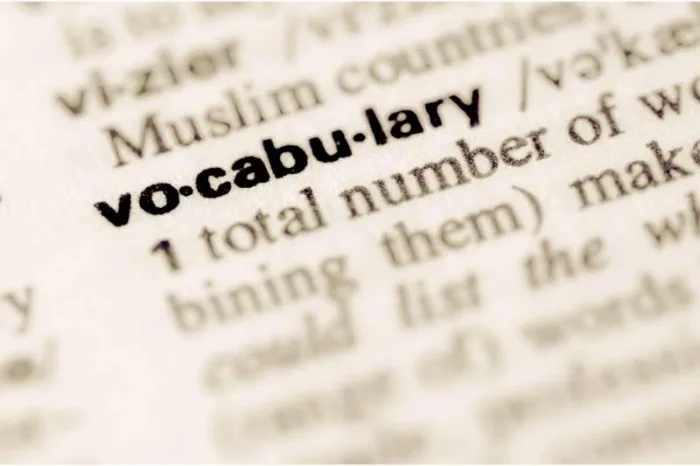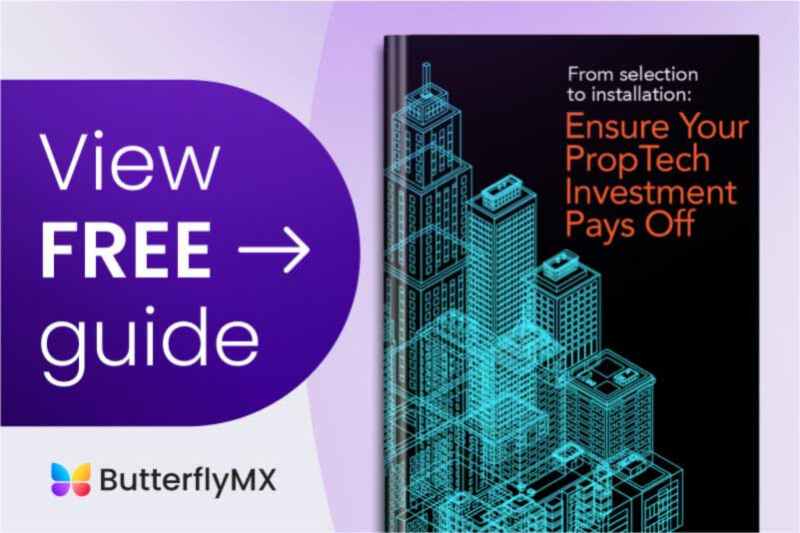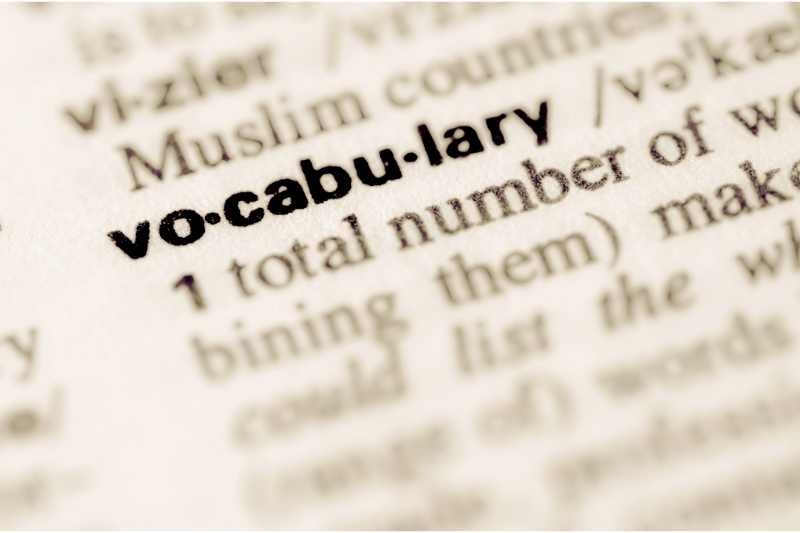
In real estate development, real estate terms often feel like a complex labyrinth of confusing jargon used by an exclusive club. However, many real estate vocabulary words have simple definitions. From escrow and equity to appraisals and proptech, we’ll demystify the terminology that often feels like a foreign language to many. Let’s navigate the intricate world of real estate vocabulary words, empowering you to confidently make informed decisions.
In this post:
- Is there a real estate dictionary?
- How to use this glossary of real estate terms
- Real estate vocabulary word guide
Is there a real estate dictionary?
Yes, this post serves as your real estate dictionary and guide through real estate terminology.
How to use this glossary of real estate terms
The terms listed below are presented in the way that they are used in the real estate, mortgage, and proptech industries. These definitions do not cover every possible use case of these real estate terms. Additionally, it’s important to remember that state laws may slightly alter the following definitions.
With those precautions out of the way, our real estate glossary showcases the most common words and definitions in the real estate industry. These are real estate vocabulary terms that professionals use. Currently, the number of real estate professionals is increasing, so you’ll want as many advantages as possible. With some studying, you will sound like a professional, too.
Real estate vocabulary word guide
ABAC
An attribute-based access control system grants entry based on characteristics such as security clearance, time of day, and location.
ADA push button
ADA stands for the American Disabilities Act. An ADA push button is a panel featuring a wheelchair symbol that is pushed to automatically open a door.
Access control system
This is how a property regulates access. Access control systems include video intercoms, keypads and key readers, smart locks, security turnstiles, elevator controls, gate openers, and more.
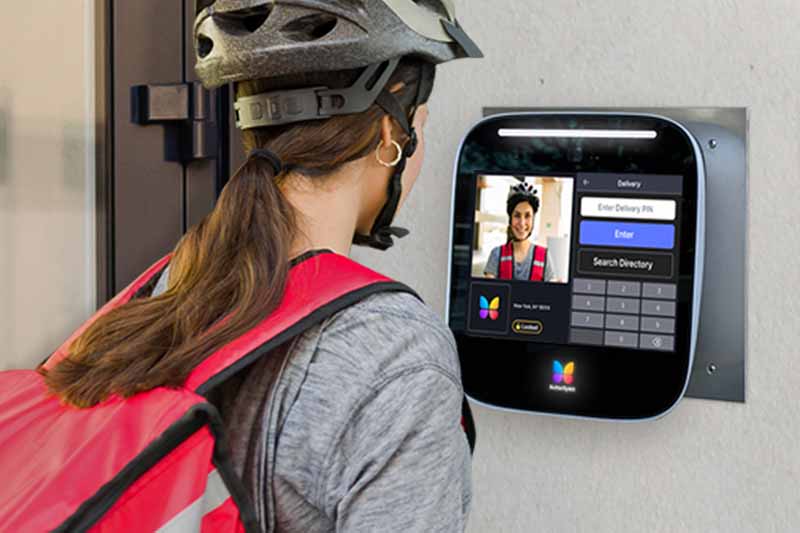
AI
In real estate, artificial intelligence answers questions that determine the value of properties, helps rent out apartments, and serves as a chatbot to improve the experience on real estate websites.
Amortization
This is the agreed-upon way a buyer pays back their loan and accrued interest after a real estate purchase.
Appraisal
This is when an appraiser assesses the value of a home. An appraiser determines the value of a property in relation to its current worth in the real estate market. Mortgage lenders or other financial institutions often hire appraisers during a real estate transaction.
Appreciation value
This is when a property’s value increases over time due to the ever-changing real estate market. Not every property is guaranteed to appreciate.
Biometric access control
Biometric access control is a type of access control system that uses biological data as an access credential. Fingerprint scanners, eyeball scanners, and voice recognition are examples of biometric access control.
Biophilic design
Biophilic design refers to architectural design incorporating natural elements such as plants, natural light, and water features into building environments to enhance tenants’ well-being and connection to nature.
Bridge loan
This is a short-term, temporary loan meant to support an investor who is between investments. For example, an investor uses a bridge loan when they have purchased a new property but have not yet sold their old property. Because of their temporary nature, bridge loans can have a high interest rate.
Broker
This is the person who conducts negotiations between the buyer and seller. They represent the seller in a real estate transaction and often receive a commission once a property has been sold.
Centralization
Centralization refers to consolidating the management, operations, or decision-making processes of multiple properties or real estate assets into a single centralized system.
Discover the secrets to multifamily centralization:
Curb appeal
This real estate term refers to a property’s visual appeal. Properties with high curb appeal are more attractive to buyers and prospective tenants.
Conventional mortgage
This is a typical mortgage with a fixed interest rate of 15 or 30 years.
Cloud-based technology
This refers to property technology that utilizes cloud-based software. Cloud-based software stores data in the cloud, eliminating the need for onsite data storage. Furthermore, data in the cloud can be accessed from other devices that connect to the cloud. For example, a property manager can use their cell phone to access user credentials for their building’s cloud-based access control system.
Contingencies
These are the conditions and requirements that all parties associated in a real estate transaction must meet before a contract is legally binding.
Depreciation
This is when a property loses value. While this is often due to the property itself, such as a lack of maintenance, it also happens as a result of changes in the neighborhood and local area.
Escrow
This is when a third party holds funds during a real estate transaction until all requirements from the concerned parties have been met. Escrow is used for secure transactions that follow all of the rules of a contracted agreement.
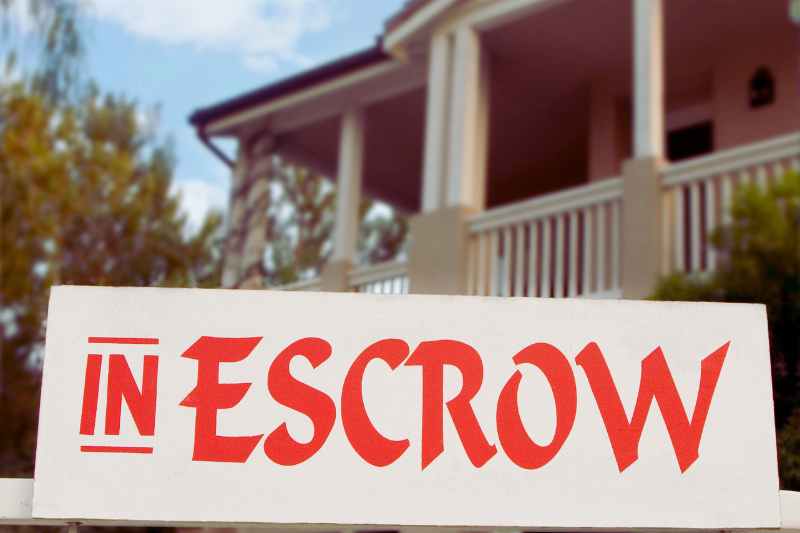
Equity
This is the portion of a property’s value that an investor owns when the property’s market value is calculated.
Green building
This is when a building has officially met all modern sustainability requirements and reduced its environmental impact. Many companies offer green building certifications, such as LEED and EnergyStar, making a property more attractive to buyers and prospective tenants.
IP intercom
An IP intercom is designed to transmit audio and video signals between two parties. It connects to the Internet to transfer larger quantities of complex data that aren’t possible with analog-based systems.
Mandatory access control
This type of access control system restricts access to a property according to a user’s authorization. Users with higher authorization can access spaces on a property that a user with lower authorization cannot.
Multifamily REITS
A Multifamily REIT (Real Estate Investment Trust) is a company that purchases and manages a portfolio of residential properties, such as apartment buildings. It generates income by renting them out to tenants.
Learn how to invest in multifamily real estate:
NOI
NOI stands for net operating income. It is a property’s total income after subtracting the expenses to operate it. Knowing your NOI can be helpful when determining your property’s profitability point.
Proptech
Proptech is short for property technology. It includes technology and other innovations that improve transparency, efficiency, and sustainability in the real estate industry. An example of proptech is our ButterflyMX video intercom for multifamily and commercial properties.
Predictive analytics
Predictive analytics are used in real estate to make highly informed decisions in real estate development. AI software commonly uses predictive analytics, which includes historical data, archival records, and machine learning.
Real estate cycle
This is the real estate market’s cyclical nature. The cycle is defined by four stages: recovery, expansion, hyper-supply, and recession.
Real estate syndication
Real estate syndication is an investment strategy in which multiple investors pool their financial resources to invest in larger real estate projects. Syndications are typically managed by a sponsor or real estate syndicator.
Real estate waterfall
This is a distribution structure used in real estate investments, where the profits are distributed sequentially according to predefined tiers or levels. Certain investors (e.g., sponsors or preferred equity holders) are at the top of the waterfall structure in accordance with how much capital they invested to begin with. Other investors who are less involved are at the lower tier of the waterfall structure.
Retrofit
Retrofitting is when you add new features and technology to old systems. For example, adding a keypad to your old intercom system is considered retrofitting.
RFID technology
RFID stands for radio frequency identification. It’s commonly used in proptech products such as access control systems. RFID devices use radio waves to transmit information, such as access credentials. For example, a vehicle-reading access control system at a gated parking facility will scan a user’s RFID windshield tag placed on their car and automatically open the gate for them.
ROI
This stands for return on investment. It refers to the point in an investment when you finally make a profit.
Video intercom
This intercom system transmits video signals between a base station and a substation. A modern video intercom like the one we offer is cloud-based, and users answer calls for video chat directly from their mobile devices.
Disclaimer: This real estate vocabulary guide is for informational purposes only, you should not construe any such information as legal, tax, investment, financial, or other advice. Nothing contained on our site constitutes a solicitation, recommendation, endorsement, or offer by ButterflyMX or any third-party service provider.
